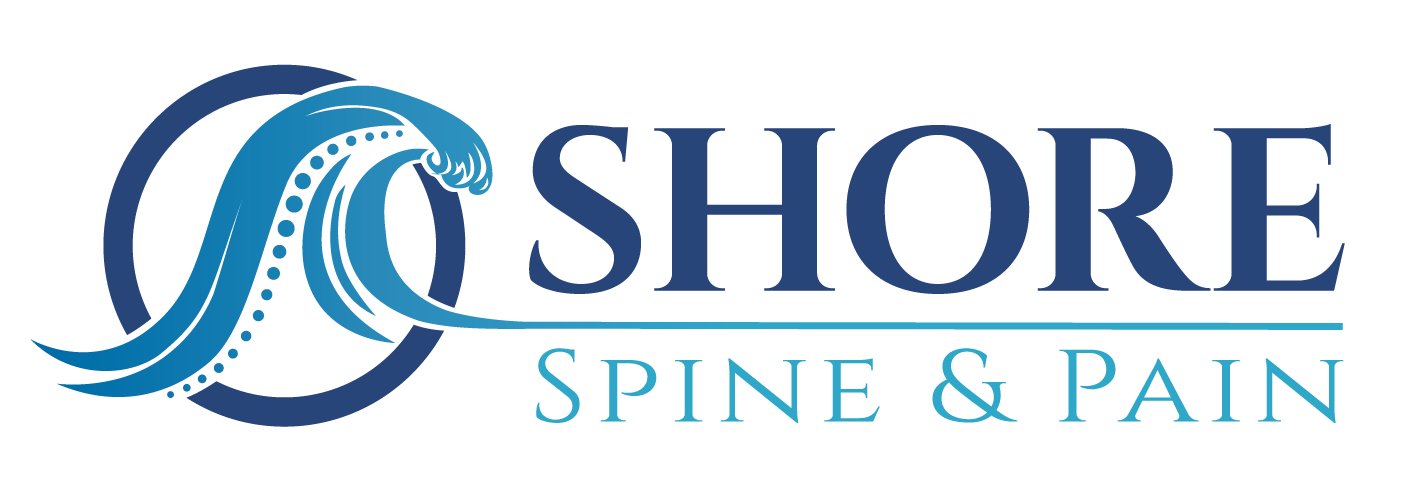Overview
Your spinal nerves travel through your spinal canal and exit through openings we call “foramen.” If any of these spaces are too narrow, your nerves become compressed. We say you have “spinal stenosis.” It’s a problem that most often happens in the neck and lower back.
Causes
What causes spinal stenosis? Some people are born with a small spinal canal. But for others, something happens to cause the narrowing. It can be linked to the bone spurs of osteoarthritis. It can be caused by a gradual thickening of ligaments in the spine. It can be caused by a herniated disc or some other injury.
VIDEO OVERVIEW
Symptoms
Symptoms depend on what nerves are affected. Symptomatic spinal stenosis can result in a phenomenon known as “neurogenic claudication.” Classic symptoms include increasing low back, buttock, and lower extremity nerve pain with activities such as walking and standing. Symptoms can vary, however, and present as a combination of numbness, tingling, pain, cramping, or heaviness into the buttocks and legs. There is usually a significant amount of relief with sitting. Patients may find themselves able to walk farther with a shopping cart or assistive device. This will allow them the necessary spinal flexion to open up the spinal canal which is narrowed.
When patients find increasing pain with walking and standing and relief with sitting, minimally invasive
treatments such as a Vertiflex implant become ideal. Some people develop bowel or bladder problems. Symptoms may start gradually, and get worse over time.
Treatment
Treatment depends on your needs. If your stenosis is mild, things like medications, Epidural Steroid Injections may give you relief. If those don’t help, you may need surgery, including advanced procedures such as a Vertiflex Implant. Your doctor will create a care plan that’s right for you.
